Institute for the Development of Energy for African Sustainability (IDEAS)
Biogas is a winner at Unisa cook-off competition
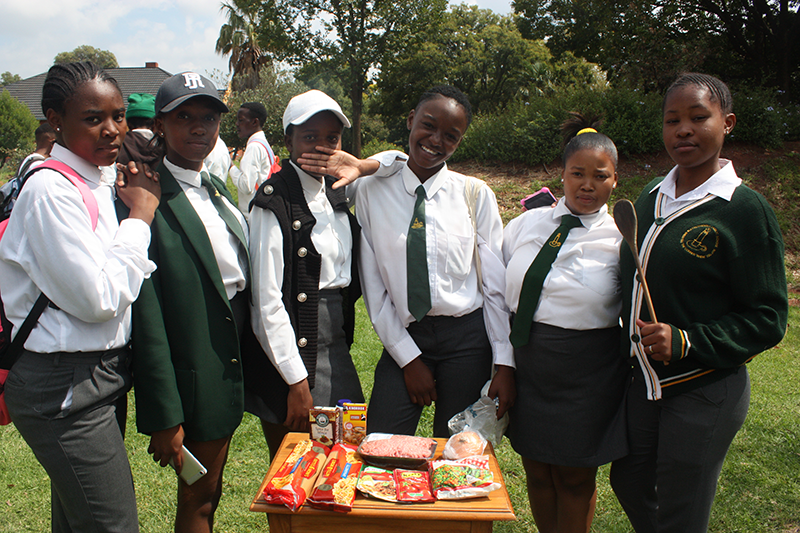
Triumph Devotion: the winning team
Biogas made from cow pats is just as good—if not better—for cooking than liquid petroleum gas (LPG). This was the verdict of grade 10 and 11 learners who competed in a cook-off that Unisa hosted to introduce them to the benefits of biogas.
“At first, I didn’t trust it but as time went by, I saw that it was faster than LPG. It was a very good experience,” says Simphiwe Sibanda, one of the young chefs in the team that won the event, held earlier in April 2018. It was organised by Unisa’s Institute for the Development of Energy for African Sustainability (IDEAS) and took place at the Lenasia South premises of the university’s Institute for Social and Health Sciences (ISHS).
Sibanda and about 24 other learners from Elethu Themba Public School in Eikenhof near Lenasia took part in the contest, which saw six teams cooking up a storm in the community energy village constructed at the ISHS so that people from local communities can experience biogas and other renewable-energy solutions for themselves.
IDEAS has been producing biogas at the energy village for many months, using a biodigester that produces high-quality methane gas from slurry made up of cow dung mixed with water. The gas produced is piped into a one-room zinc shack equipped with a hot plate and light fixture, and also feeds a geyser that heats water for a shower installed in a structure next door. Any slurry not converted into a gas is piped into a small vegetable garden as it makes an excellent fertilizer.
Cooking against the clock
The cook-off was intended to introduce school children from Eikenhof and the nearby Jackson informal settlement to the possibilities of using alternative energy sources, says Kamogelo Sehoole, a chemistry honours student and part of the waste-to-energy team at IDEAS.
“Each team received R150 to buy ingredients for a dish of their choice. Half the teams cooked with biogas and the other half with LPG, and they all had only 30 minutes to produce their dishes,” she says.
The judges, who took into account the texture, flavour, aroma, taste, and presentation of the learners’ dishes, included Dr David Kimemia of the ISHS and SA Medical Research Council, Maria Fernandez, a visiting researcher from Spain, and Kristin Holmlund and Johanna Windh, both visiting postgraduate students from KTH Royal Institute of Technology, Sweden.
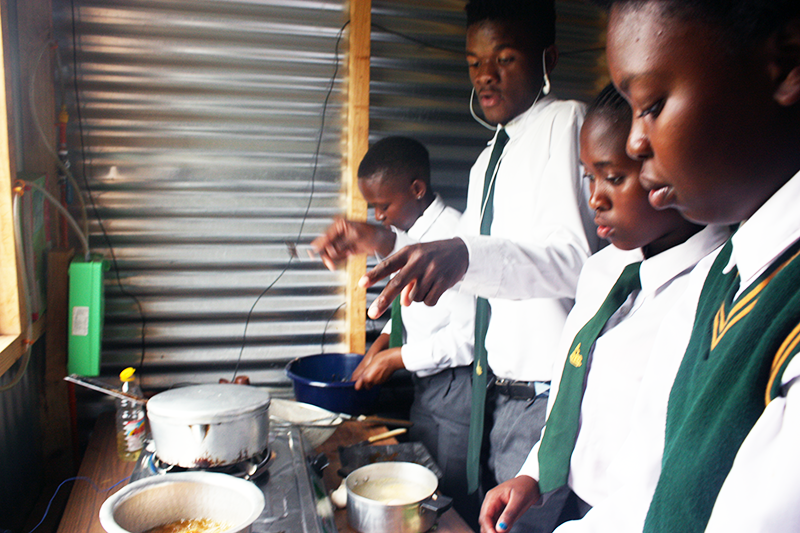
Young chefs in the making
“We cooked spaghetti and mince and mixed vegetables, using the biogas,” says Buyiswa Ntuli, also a member of the winning team (dubbed Triumph Devotion). “The gas worked very well. It was fast and safe, and worked like a stove, but quicker. The heat was not excessive but it was enough. We managed to finish our dish in 25 minutes, including the preparations.”
Baldwin Tawodzera, whose team made chicken schnitzel with spaghetti, said his team had also cooked with the biogas. “It was easy and faster than electricity and also faster than LPG. The cook-off was fun and exciting, and I learnt a lot, like how biogas, solar, and cool coatings work.”
Cool coatings are another energy technology being demonstrated at the energy village. This takes the form of a paint that is applied to the outside walls and roofs of metal shacks, reducing the temperature inside by up to eight degrees centigrade.
The energy village also houses another shack with a low-wattage solar system that can run a host of appliances such as a computer, radio, kettle and fan.
Learning opportunity for everyone
The learners from Elethu Themba Public School were not the only ones having a learning experience during the cook-off. “We are learning a lot from them too,” says Sehoole.
She explains that IDEAS is collaborating with a Swedish sanitation company, Mundati, on a waste-to-energy project in Jackson. The idea is to understand the community’s energy and sanitation needs, including households’ ability to pay for energy, and then to explore ways to convert all organic waste in the informal settlement, including human waste, to clean, safe, affordable energy.
IDEAS is conducting the research for the project and in March 2018 administered a survey questionnaire to 104 Jackson households. “We discovered that wood and paraffin, which can be unsafe and a health hazard, are used a lot. We are also looking at the toilets in use, such as the pit toilets installed by government,” Sehoole says, adding that Mundati has designed a flush toilet suitable for use in areas with poor water and sewage infrastructure.
Summing up the day, Dr Celestin Sempuga of IDEAS, said, “Our first cook-off was a great success. It was intended to give hands-on experience to the learners to whom we have been talking about sustainable and affordable energy. We have been training the learners how to design, install, and maintain a bio-digester. The goal is to have the learners install one at their school as substitute for LPG that the school kitchen is currently using now.”
*By Clairwyn van der Merwe
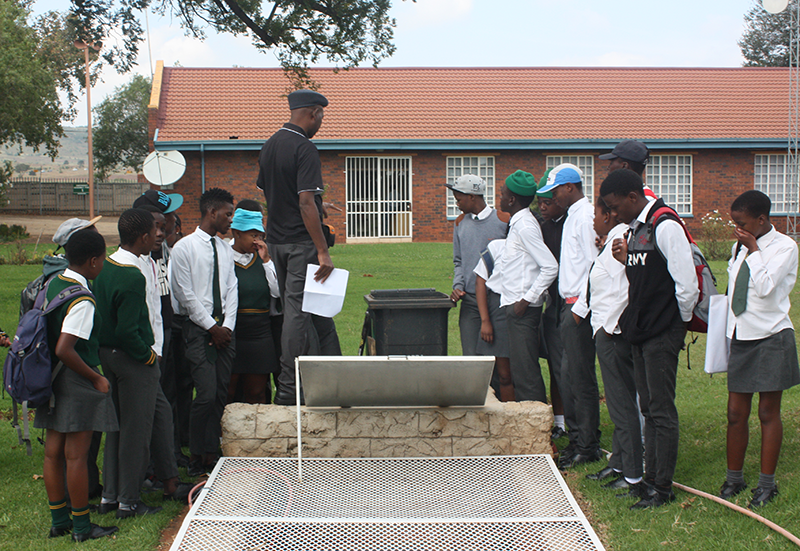
Dr David Kimemia (ISHS and SA MRC) explaining how a biodigester works
Publish date: 2018-04-20 00:00:00.0

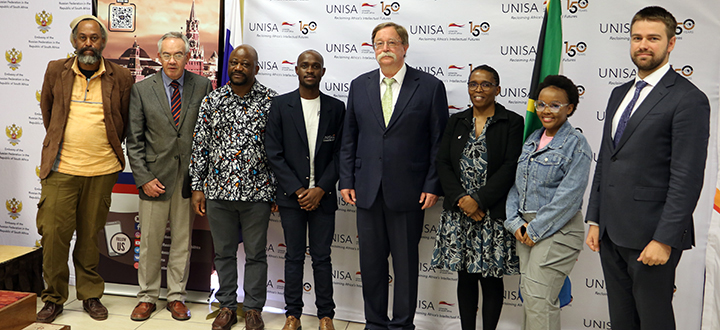 Unisa's student leadership engage with Russian ambassador
Unisa's student leadership engage with Russian ambassador
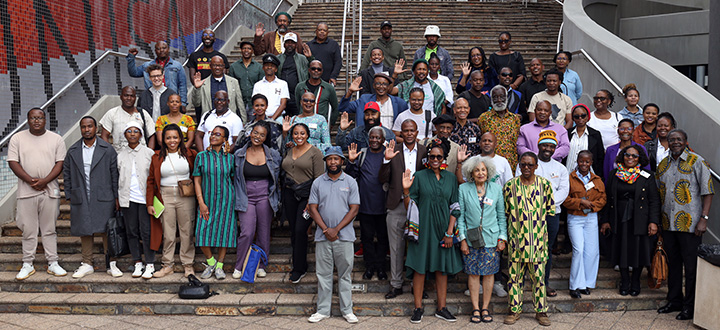 Re-igniting and re-imagining Pan Africanism, Afrocentricity and Afrofuturism in the 21st century
Re-igniting and re-imagining Pan Africanism, Afrocentricity and Afrofuturism in the 21st century
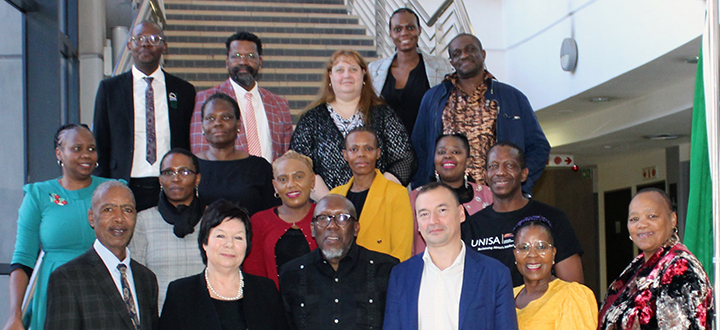 Unisa and Russian State University for the Humanities explore collaborative opportunities
Unisa and Russian State University for the Humanities explore collaborative opportunities
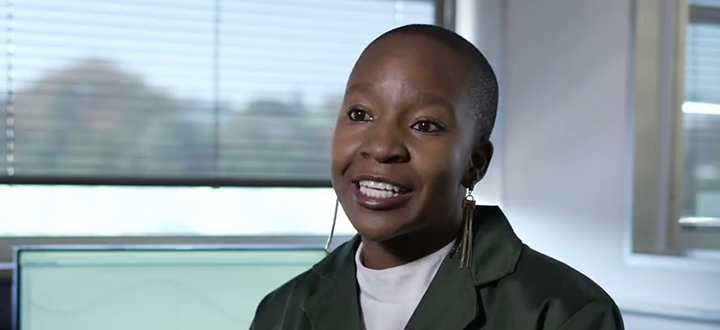 Young Unisa science stars join elite Lindau Nobel Laureate group
Young Unisa science stars join elite Lindau Nobel Laureate group
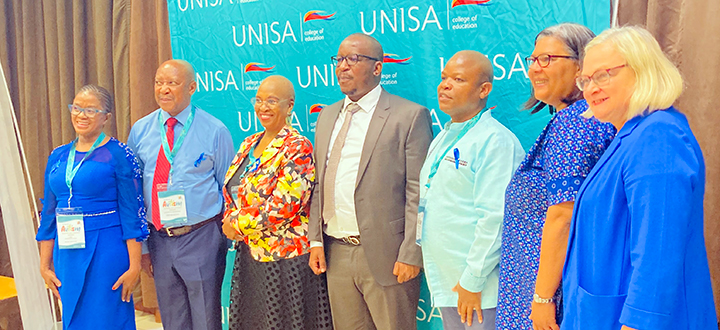 Education MEC addresses Unisa autism seminar
Education MEC addresses Unisa autism seminar